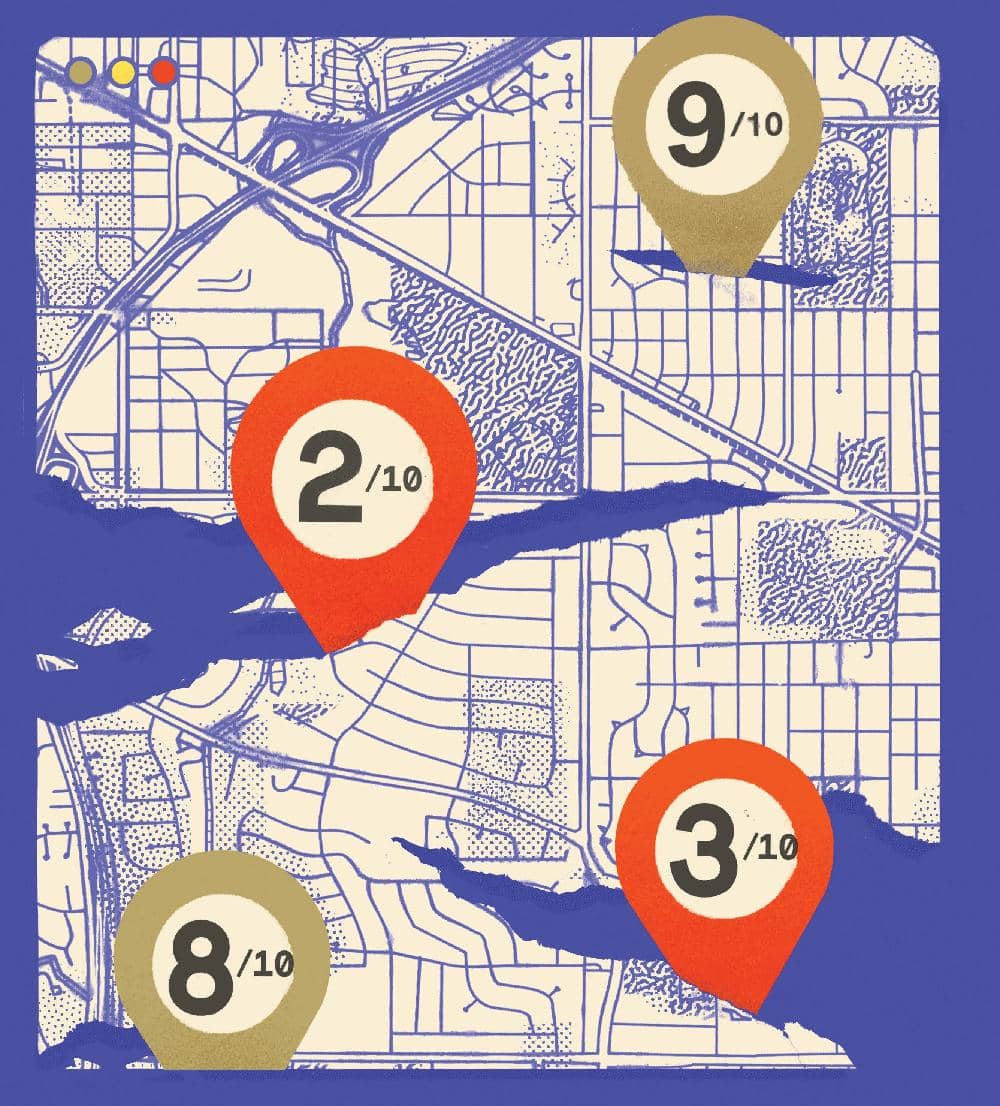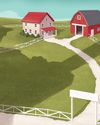試す 金 - 無料
Color by Numbers
Mother Jones
|November/December 2020
GreatSchools has become the go-to source for information on local schools. Yet its ratings could be making neighborhood segregation worse.

Thalia Tringo, a real estate agent in the Boston area, faces a dilemma whenever a homebuyer asks her if the local schools are any good. This can be a dicey topic because buyers’ perceptions of schools are often closely associated with the racial makeup of their student bodies, which usually matches the racial makeup of their surrounding neighborhoods. Tringo avoids answering specific questions about schools because of professional rules designed to prevent racial discrimination in housing. So like many real estate agents, she plays it safe, telling clients to look up the information on their own, even though she is wary of what they’re likely to find.
Among the first results on a cursory Google search is usually GreatSchools, a nonprofit site that ranks public schools nationwide and feeds that information to real estate sites such as Redfin, Zillow, and Realtor.com. GreatSchools is easy to find, but its ratings correlate closely with students’ racial or economic backgrounds. “The schools that get high marks and diverse schools tend to not be the same ones,” Tringo says of the exams GreatSchools uses to produce its score. She recalls going to an eighth grade graduation for a client’s kid at Winter Hill Community Innovation School in Somerville, just outside of Boston, and marveling at the friendly atmosphere among the middle schoolers and the diversity of the graduating class. “[It] was just amazing,” she says. “But you wouldn’t get that from looking at rankings.”
このストーリーは、Mother Jones の November/December 2020 版からのものです。
Magzter GOLD を購読すると、厳選された何千ものプレミアム記事や、9,500 以上の雑誌や新聞にアクセスできます。
すでに購読者ですか? サインイン
Mother Jones からのその他のストーリー

Mother Jones
TURNING THE TIDE
How Hawaii stopped locking girls up by starting to listen to them
18 mins
July/August 2025

Mother Jones
"WE DON'T ACTUALLY GIVE A FUCK"
10 ways to enrich the Trumps and the MAGA movement
9 mins
July/August 2025

Mother Jones
A CHILLING EFFECT
The Trump administration threatens polar ice research that could help save us from climate change.
3 mins
July/August 2025

Mother Jones
CYBER SECESSIONISTS
Silicon Valley moguls are creating regulation-free, crypto-based “network states.” And hoping to gobble up land near you.
17 mins
July/August 2025

Mother Jones
PARENT TRAP
Tech bros and “trads” are pushing women to have more babies. Just as long as they're the right kind of women.
22 mins
July/August 2025
Mother Jones
THE NEXT GENERATION
Meet the Elon Musk fans remaking education in his image.
6 mins
July/August 2025

Mother Jones
"TRUMP'S FAVORITE DEMOCRAT❞
Grassroots progressives used to love John Fetterman. Now they wonder what happened to him.
8 mins
July/August 2025

Mother Jones
FARM REDUCTION
The Trump administration's assault on small farmers
3 mins
July/August 2025

Mother Jones
ASPIES ÜBER ALLES
Elon Musk believes autism makes him superhuman. Just don't call it that.
10 mins
July/August 2025

Mother Jones
PUNCHING ABOVE OUR WEIGHT
Thanks to you, our trophy closet is overflowing.
3 mins
July/August 2025
